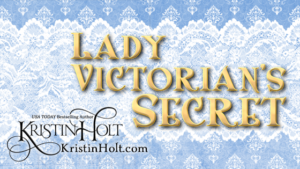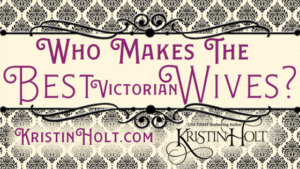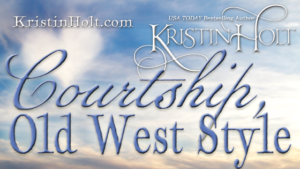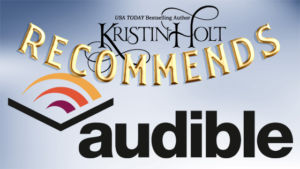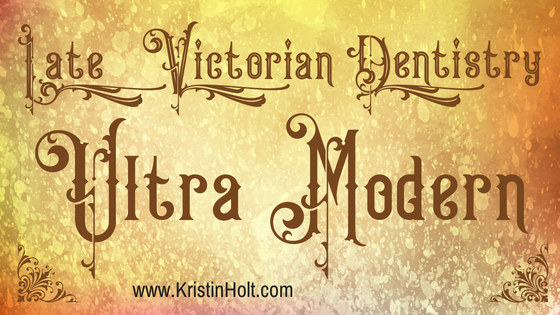
by Kristin Holt | Jun 18, 2018 | Articles
While researching dentistry in 1890 for an accurate setting for my title, Isabella’s Calico Groom, I was quite surprised by how advanced and “modern” (by today’s standards) dentistry was. Significant advances in dentistry had occurred in the previous decades, making dentistry truly “modern” compared to patients’ previous experiences. The sheer quantity and magnitude of improvements in dentistry qualify dentists of the 1890s to claim “Modern Dentistry” in their advertisements.
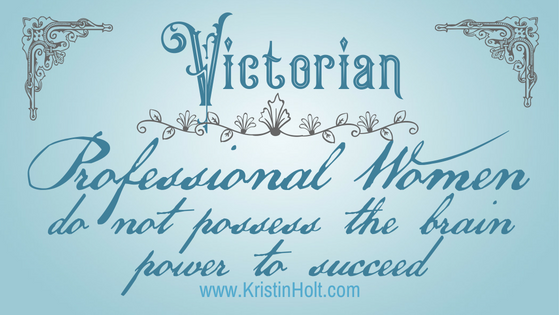
by Kristin Holt | Jun 16, 2018 | Articles
Nineteenth Century popular belief–wholly supported by Medical Doctors’ and scientists’ claims–genuinely believed that educating females in the same manner as males invited an entire host of disastrous results. Those terrifying results included everything from destruction to the woman’s reproductive system, mental breaks (yes, insanity!), and a long list of physical diseases. Because the vast majority believed these consequences to be true, women weren’t allowed to seek education in a male-dominated classroom. The battle over co-education continued long after the late 19th Century for these reasons. Not only was the woman’s mind and body at terrible risk, should she be educated like a male, but everyone knew a female mind couldn’t take in significant learning.
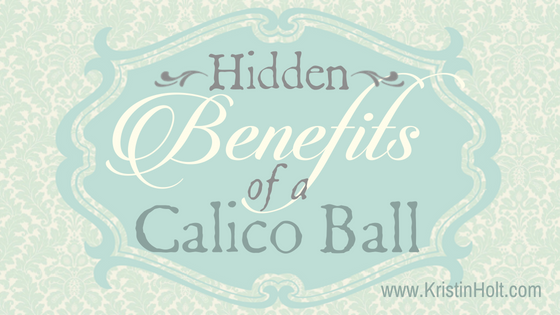
by Kristin Holt | Jun 8, 2018 | Articles
Beyond the obvious beneficiaries of the Calico Ball craze (mid- to late-nineteenth century United States)– the needy who received the once-worn dresses (or suits of clothes), who else benefited?
I suggest a short list of Hidden Beneficiaries. Who else can you identify?
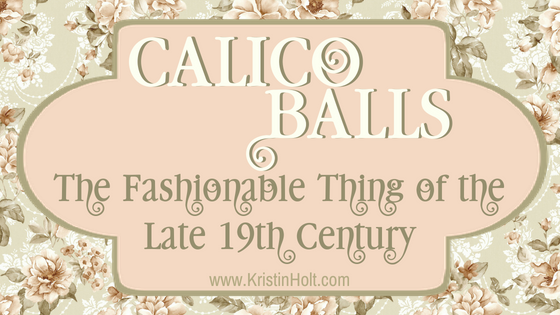
by Kristin Holt | Jun 5, 2018 | Articles
One (unnamed) high-society New York City hostess started a fad that lasted fifty years…
The Calico Ball. Not only was the style of party highly fashionable, it also ensured help to those who needed it most.
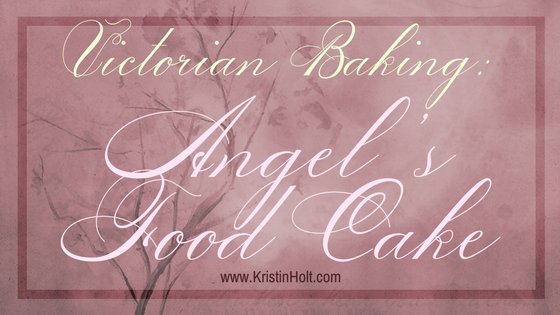
by Kristin Holt | Jan 30, 2018 | Articles
The story behind the invention (development?) of Angel Food Cake is a bit shrouded in tales of “Me, First!” Vintage newspaper advertisements show Angel Food Cake for sale in bakeries by 1878, and in cookbooks for home bakers that same year. One of the origin stories made it into a vintage cookbook (“cook book”), along with minor variations on the fluffy, snow-white theme. No matter how the dessert began, the popularity took off among Victorian bakers and remained popular through the Edwardian and Progressive Era. One peek at Pinterest vouches that this brightly white cake is still popular (even when pink).







